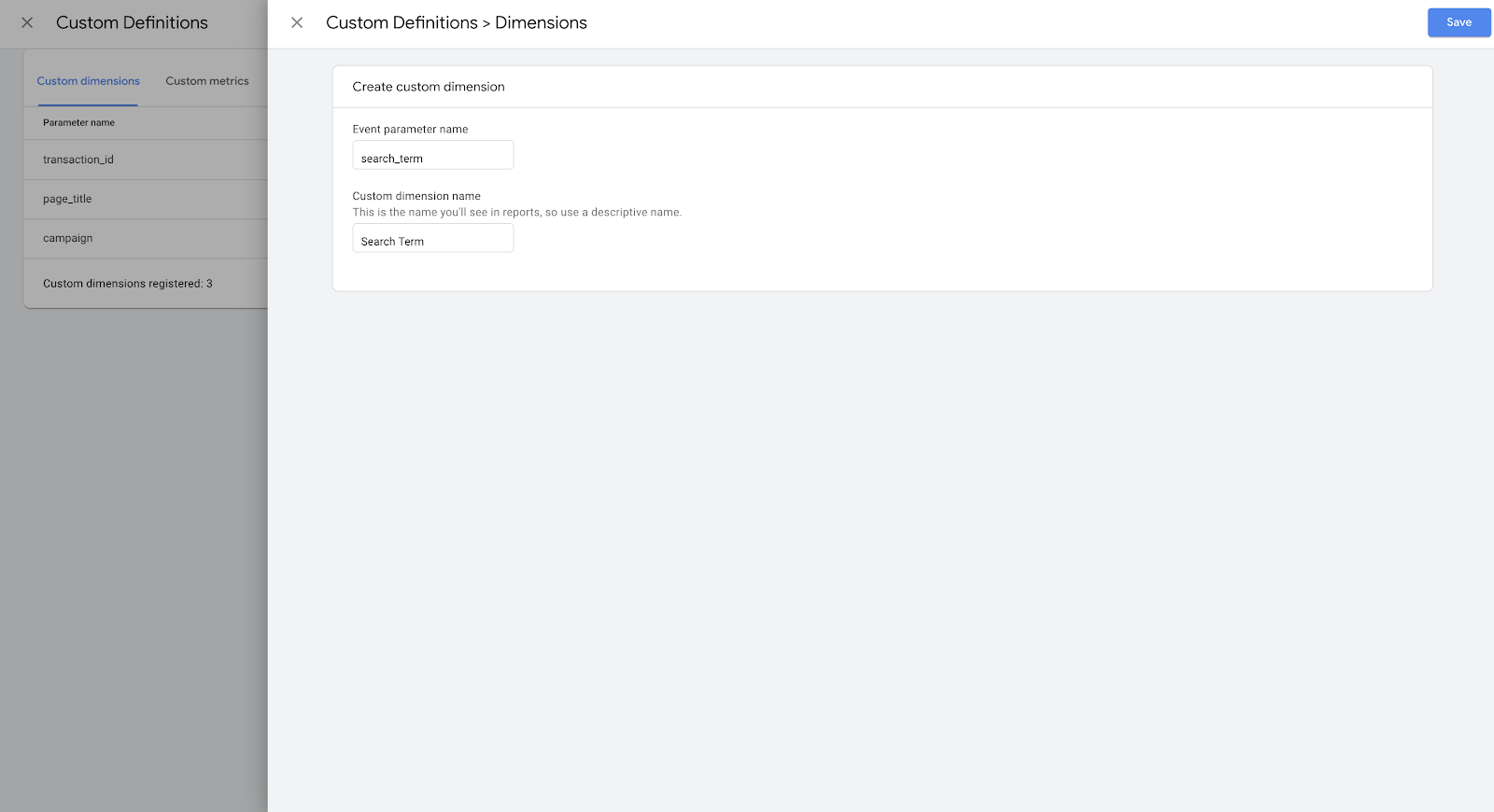Last year we announced that app developers could upgrade their Firebase projects to the next generation of app analytics. Upgrading enables them to view their app analytics data in Analytics and unlocks additional analysis capabilities.
Since then, we’ve expanded more Google Analytics features like automated and custom insights to also include app data so that you can more quickly identify key trends and anomalies from your app reporting. Earlier this year we introduced a gaming-specific Analytics experience to help mobile game developers more easily see how players move through the lifecycle. And to bring predictive insights to your site and app, we rolled out new predictive capabilities in Analytics – not only helping you reach customers most likely to purchase, but also giving you new ways to retain those less likely to return to your app via App campaigns in Google Ads.
We are continuing our investment in the app ecosystem and today, we are introducing new updates to Google Analytics that will help you get the insights you need to be ready for what’s next. Let’s take a look at some new features you can use when you upgrade.
View your app’s revenue sources together
The ability to measure all your revenue sources helps you monetize and grow your apps business. Soon, you’ll be able to view impression-level revenue data in Analytics from AdMob mediated revenue and from other third-party app advertising platforms – giving you a holistic view of your customers’ lifetime value.

You can now view revenue from MoPub and ironsource in the new Analytics.
To get started, use the Google Analytics for Firebase SDK to log the ad_impression event whenever users see an ad impression. Be sure to include details such as the ad platform, source, currency and value.
With this revenue data now in Analytics, you can build audiences of high-value users and reach them for re-engagement campaigns. Third-party ad revenue will also soon be available as an experiment objective in A/B testing with Firebase. This way, you can test changes in user experience and see which drive more revenue through third-party platforms like MoPub or ironSource.
Use new custom dimensions and metrics
In the past, custom parameter reporting in Analytics for Firebase required you to register parameters for each event individually, which is time intensive and quickly uses up your quota. With event-scoped custom dimensions and metrics in the new Analytics, you only need to register each event once at the property level. You can also create and edit custom dimensions and metrics in the “All Events” section for your entire property. Plus, custom parameters you’ve previously created will automatically be upgraded to custom dimensions and metrics.

Create a custom dimension for your entire property.
Let’s say you’re a game app developer and you want your Analytics reports to show the levels at which users are starting, quitting, retrying, and ending your game. Previously, you’d need to register a custom event parameter for every single event. So with four events (starting, quitting, retrying, and ending) you’d have to register a parameter, “level,” four times. With the new Analytics, one single metric, “level,” is applied at the property level across all events — reducing the number of custom metrics your property uses.
Reach people with signed-in user insights
When users are signed in on your Android or iOS app, Analytics can help you connect the customer journey across platforms and devices with a special view in your reporting. Now, you can use those signed-in user insights to create relevant audiences and reach them with personalized messages in remarketing campaigns. And with the new Analytics, we’ve provided you with more granular controls for ads personalization so that you can choose when to use your data to optimize ads and when to limit your data use for measurement.
Let’s say you’re a lifestyle retail brand with a conversion rate on your mobile app that surpasses the rate on your website. Taking a closer look, you might notice a cohort of returning customers who visit your website for lifestyle content but never make a purchase. You can group the signed-in visitors into an audience and reach out to them with a marketing promotion, driving them to your app, where they have a higher likelihood to convert. For those who convert within the app, you can understand their complete customer journey across platforms and more effectively analyze the success of your promotion and adjust from there.
Upgrade to the new Analytics
The enhanced intelligence of Analytics provides additional revenue data to help improve your advertising strategy, simplified and efficient event measurement, and tailored experiences for increased conversion opportunities. If you aren’t already using the new Google Analytics, upgrade to the new Google Analytics from the Firebase console today.
